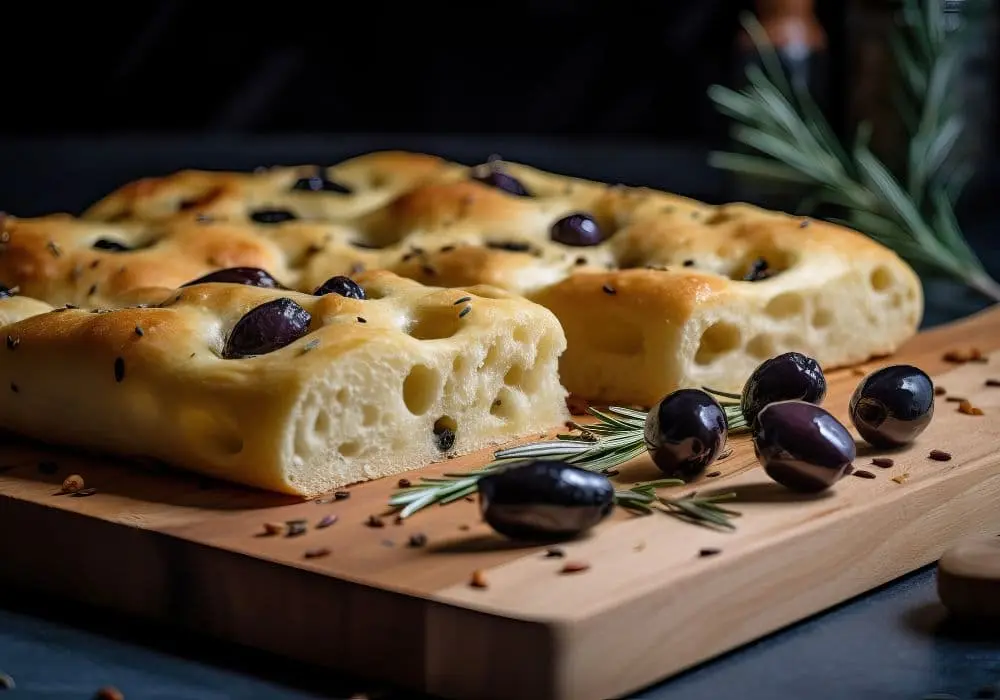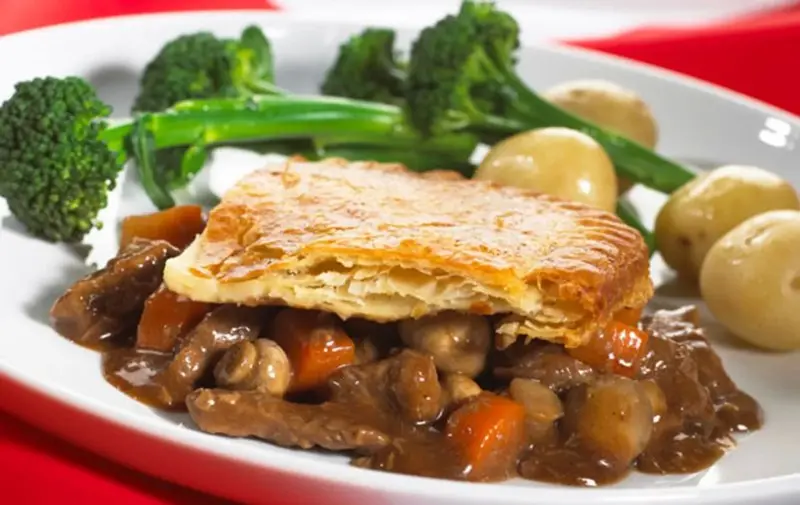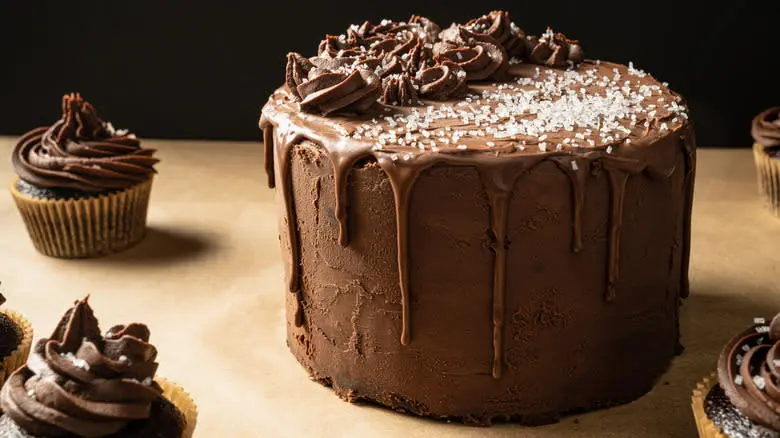Border icing is for precise detail
Commonly referred to as piping icing, border icing is thicker than flood icing, which enables it to maintain its shape. To achieve the ideal consistency for creating structured lines and shapes, mix a small amount of water into royal icing. The resulting mixture should be paste-like yet still soft enough to flow through a piping bag.
You can generally use any icing thickness with any piping bag tip, but border icing is usually paired with smaller tips to produce fine lines. This type of icing is perfect for embellishing cookies with writing, intricate designs, and other delicate details. Additionally, the thicker icing can be used to create striking textures on your cookies. This approach has its advantages and disadvantages: the prominent impasto effect means that any mistakes during decoration will be noticeable, but with the right piping tips, you can create impressive designs like three-dimensional stars or fluffy animals. A basic piping bag kit, such as one available on Amazon, should provide all the essentials you need to begin. Piping bags are a valuable tool for any baker, along with other essential baking equipment.
Flood icing creates a smooth surface
Flood icing is created by gradually adding water to royal icing until it reaches a runny texture. If border icing resembles thick paint, flood icing is akin to a thin wash or glaze. The purpose of flood icing is to efficiently fill large areas of a cookie without spending excessive time piping each detail. Additionally, once it dries, flood icing provides a shiny, glossy finish that enhances the professional appearance of cookies. Due to its runny nature, it's best to store flood icing in a squeeze bottle rather than a piping bag.
A common technique for combining border and flood icing involves using border icing to outline your design on the cookie, then filling in the outline with flood icing for a smooth, shiny finish. Flood icing can also be used alone to fully coat cookies; simply fill a bowl with the icing and dip the cookies face down. Regardless of the icing type, avoid decorating hot cookies, as the icing may melt. To ensure the best results, chill the cookies both before baking and after they come out of the oven!
Recommended

An Expert's Advice To Help You To Tell When Your Focaccia Is Finished

The Best Substitutes For Baking Soda When You're Out Of Baking Powder Too

What's The Best Beer For Steak And Ale Pies?

Add Stout Beer To Your Chocolate Cakes For A Moist And Flavorful Bite
Next up

